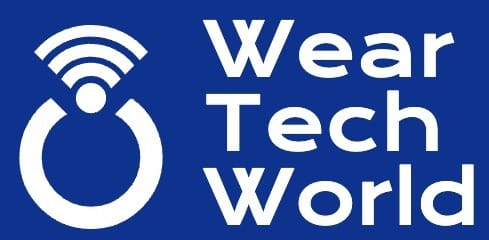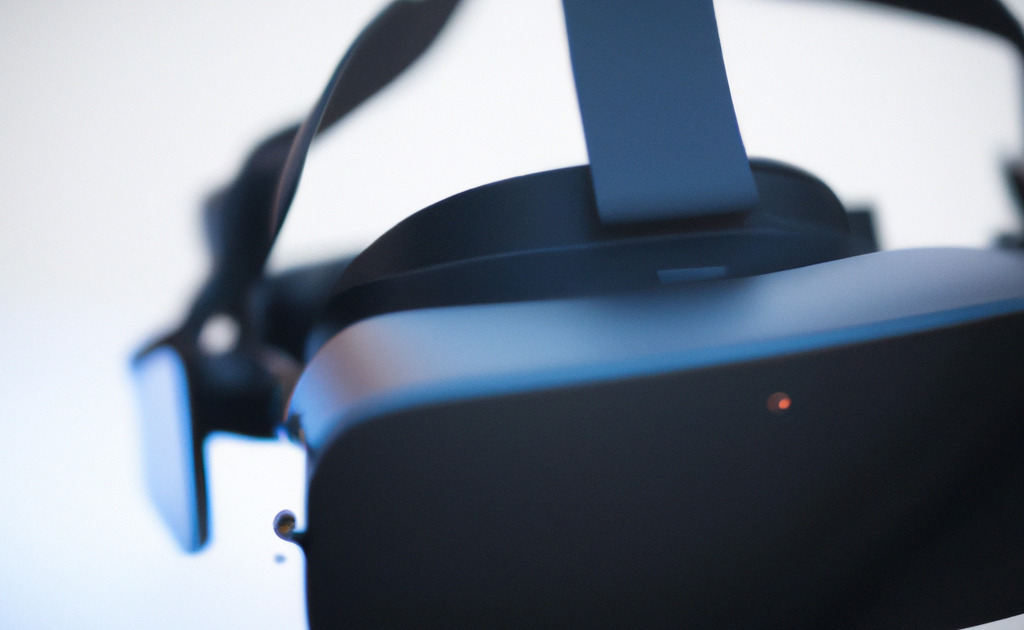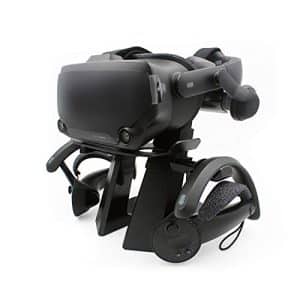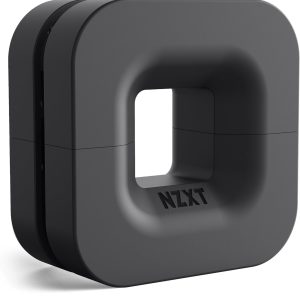Virtual reality (VR) is no longer a figment of our imaginations. It’s here. It’s real. And it’s transforming the way we learn. The education sector is one of the many industries that VR technology is revolutionizing, with VR headsets playing a pivotal role in this transformation. This article will delve into the role of VR headsets in the education sector, exploring their potential and the changes they are bringing about.
Imagine a classroom where students can explore the depths of the ocean, the vastness of space, or the intricacies of the human body, all without leaving their seats. This is the power of VR in education. It offers an immersive, interactive experience that enhances learning and engagement. VR headsets are the key to unlocking this potential, serving as the gateway to these virtual worlds.
However, the integration of VR headsets into the education sector is not without its challenges. There are questions about accessibility, cost, and the effectiveness of VR as a learning tool. These are important considerations that need to be addressed to fully realize the potential of VR in education.
Despite these challenges, the benefits of using VR headsets in education are undeniable. They offer a new way of learning that is engaging, immersive, and exciting. They can make complex concepts easier to understand and make learning a more enjoyable experience. This article will explore these benefits in detail, as well as the challenges that need to be overcome.
Join us as we delve into the world of VR in education. Let’s explore the potential of VR headsets, the challenges they present, and the future they promise. It’s a journey into a new era of learning, and it starts here.
The Power of Immersive Learning
Imagine being able to travel back in time to witness historical events firsthand, or to explore the intricacies of the human body from the inside. This is the power of immersive learning offered by VR headsets. They allow students to experience things that would be impossible in a traditional classroom setting. This immersive learning experience can make complex concepts easier to understand and more engaging for students. For example, instead of reading about the solar system in a textbook, students can use VR headsets to explore the planets and their moons in a virtual space. This can make the learning experience more engaging and memorable, which can lead to better retention of information.
Enhancing Student Engagement
Engagement is a crucial factor in effective learning. Students who are engaged in their learning are more likely to retain information and develop a deeper understanding of the material. VR headsets can enhance student engagement by providing an interactive and immersive learning experience. Instead of passively reading or listening to a lecture, students can actively participate in their learning through VR. They can interact with virtual objects, explore virtual environments, and even conduct virtual experiments. This active learning experience can lead to higher levels of engagement and better learning outcomes.
Overcoming Physical Limitations
In a traditional classroom setting, there are physical limitations to what can be taught and how it can be taught. For example, it would be impossible to take students on a field trip to the bottom of the ocean or to another planet. However, with VR headsets, these physical limitations can be overcome. Students can go on virtual field trips to places that would be impossible to visit in real life. They can explore the depths of the ocean, the vastness of space, or the intricacies of the human body, all from the safety and comfort of their classroom. This can open up new possibilities for learning and make education a more exciting and engaging experience.
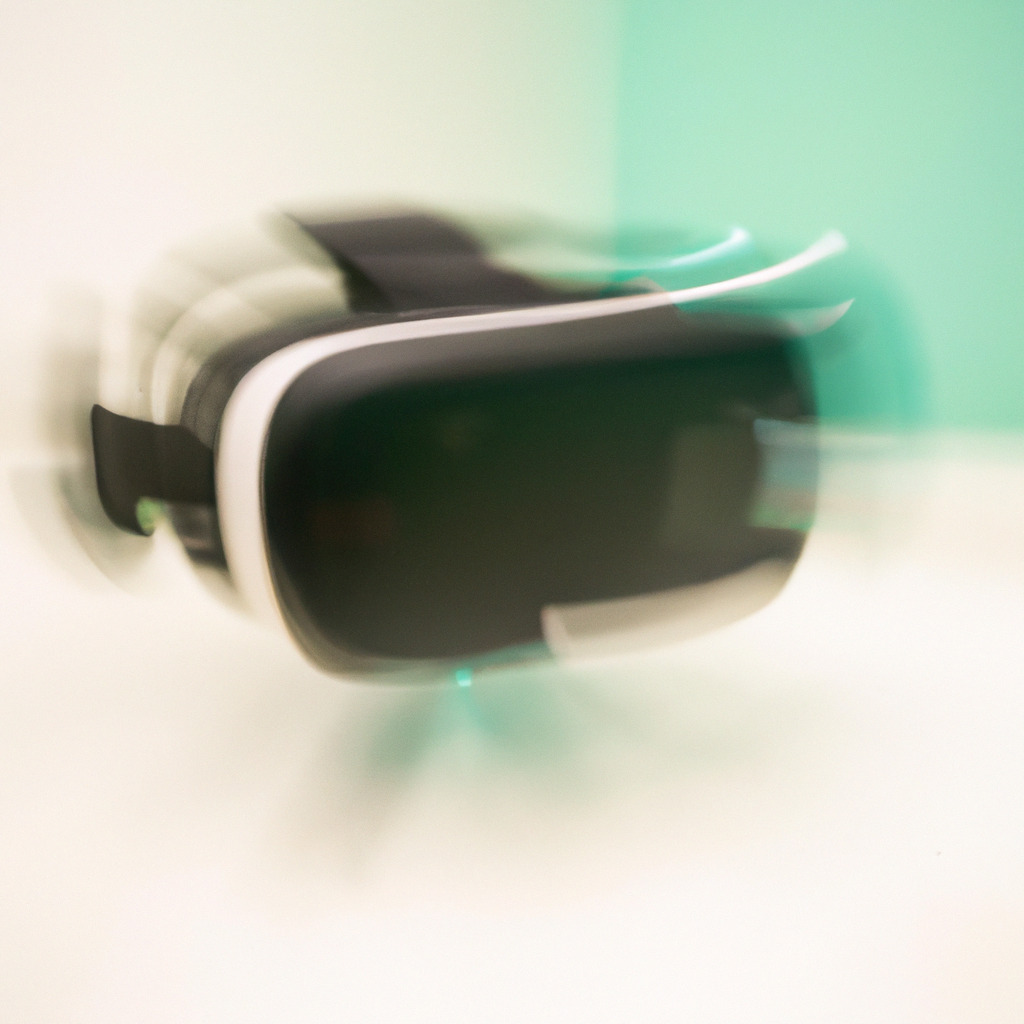
The Challenges of Integrating VR in Education
Despite the many benefits of using VR headsets in education, there are also significant challenges that need to be addressed. One of the main challenges is the cost. VR headsets can be expensive, and not all schools or students can afford them. This can lead to a digital divide, where only those who can afford the technology have access to its benefits. Additionally, there are concerns about the potential health effects of prolonged use of VR headsets, such as eye strain and motion sickness.
The Future of VR in Education
Despite these challenges, the future of VR in education looks promising. As the technology continues to evolve and become more affordable, it is likely that more schools will start to integrate VR into their curriculum. There are also ongoing efforts to address the potential health effects of VR, with companies developing more comfortable and user-friendly VR headsets. Furthermore, as more research is conducted on the effectiveness of VR as a learning tool, it is likely that we will see more evidence-based strategies for integrating VR in education.
The Role of VR Headsets in Remote Learning
The COVID-19 pandemic has highlighted the importance of remote learning. With many schools closed and students learning from home, there is a need for innovative solutions to keep students engaged and motivated. VR headsets can play a crucial role in this. They can provide an immersive and interactive learning experience that can make remote learning more engaging and effective. For example, students can go on virtual field trips, conduct virtual experiments, or collaborate with other students in a virtual classroom. This can make remote learning a more engaging and enjoyable experience, and can help to overcome some of the challenges associated with remote learning.
The Impact of VR on Special Education
Another area where VR headsets are making a significant impact is in special education. For students with special needs, traditional classroom settings can sometimes be challenging. VR can offer a more inclusive and adaptable learning environment. For instance, students with autism can benefit from VR’s ability to create controlled, predictable environments where social skills can be practiced at the student’s own pace. Similarly, for students with physical disabilities, VR can provide access to experiences and locations that may be physically challenging or impossible to access.
VR and Vocational Training
Beyond traditional classroom settings, VR headsets are proving to be invaluable tools in vocational training. In fields like medicine, aviation, and engineering, VR can provide realistic, risk-free environments for students to practice skills and procedures. For example, medical students can perform virtual surgeries, allowing them to make mistakes and learn from them without any real-life consequences. This kind of immersive, hands-on learning can significantly improve skill acquisition and retention.
The Ethical Considerations of VR in Education
As with any technology, the use of VR headsets in education comes with ethical considerations. There are concerns about privacy, as VR can potentially collect a lot of data about the user. There are also concerns about the potential for VR to be used in ways that are harmful or manipulative. For example, VR could be used to create misleading or biased representations of historical events. It’s important for educators to be aware of these ethical considerations and to use VR in a responsible and ethical manner.
In conclusion, the integration of VR headsets into the education sector has the potential to revolutionize the way we learn. By providing an immersive, interactive, and engaging learning experience, VR headsets can enhance student engagement, improve learning outcomes, and overcome physical limitations in the classroom. However, there are also significant challenges that need to be addressed, including cost, potential health effects, and ethical considerations. As the technology continues to evolve and become more affordable, and as more research is conducted on its effectiveness as a learning tool, it is likely that we will see more widespread use of VR in education. The future of education may very well be virtual.
Are we ready to embrace the potential of VR in education, and are we prepared to address the challenges it presents?
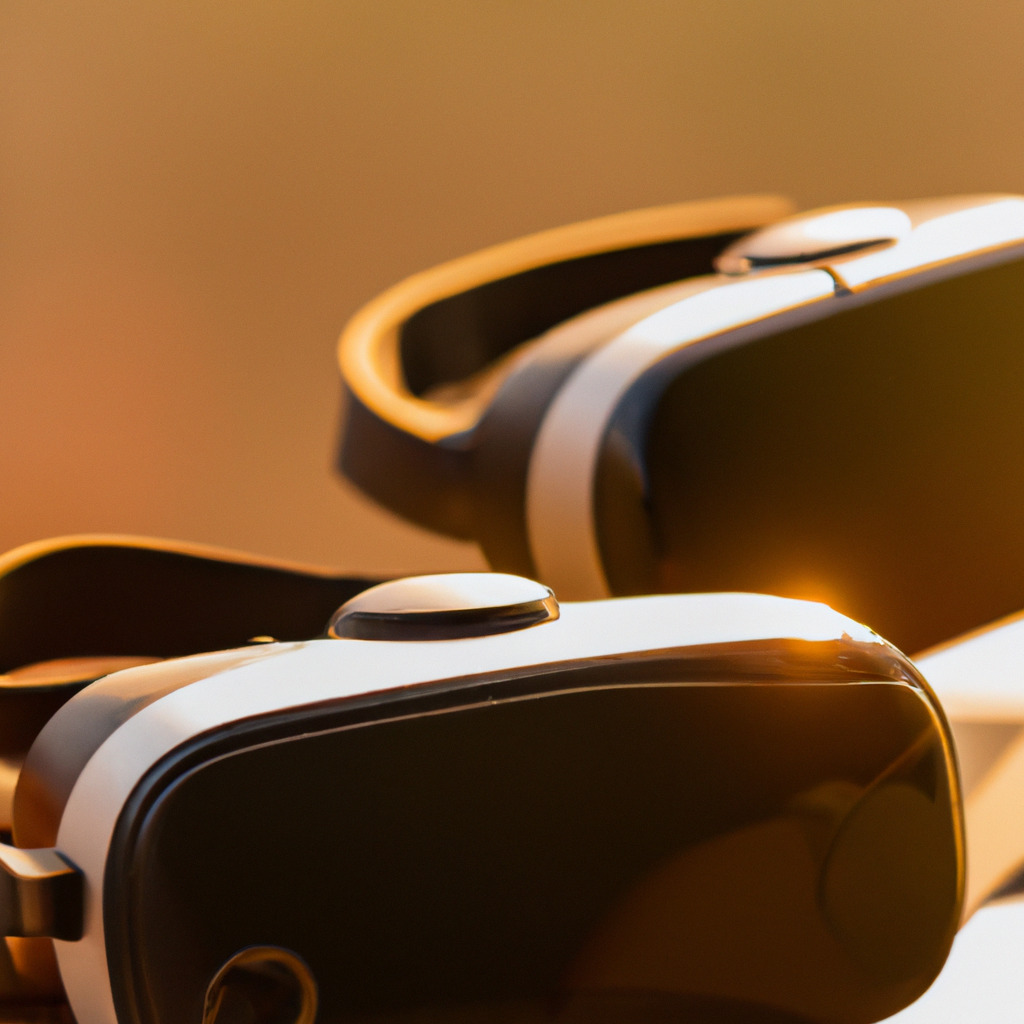
Beyond the realm of education, VR headsets are also making waves in the live events industry. From concerts to sports events, VR is transforming the way we experience live events. With VR, you can be part of the action, no matter where you are in the world. To learn more about how VR headsets are changing the game in live events, check out our article on Virtual Reality Headsets: The Game-Changer in Live Events.
